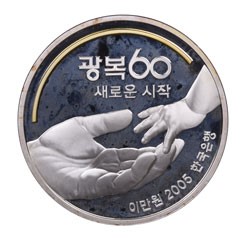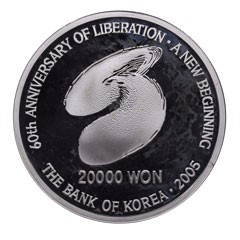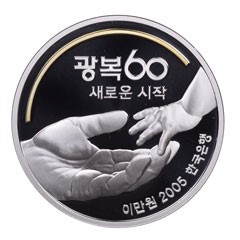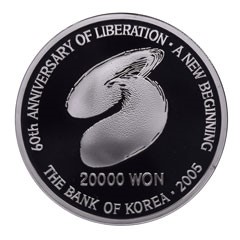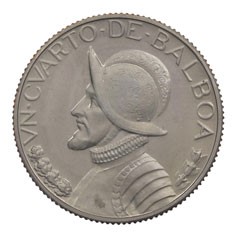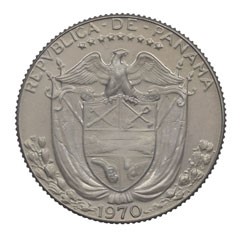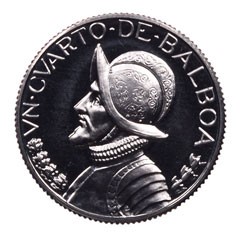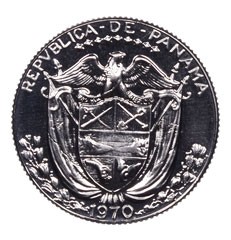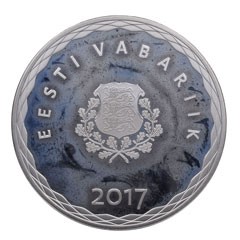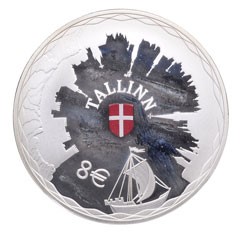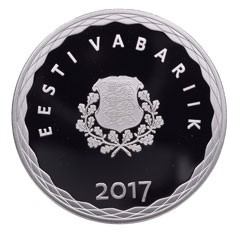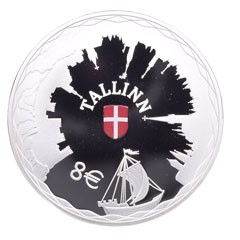NCS Conservation: December Highlights
Posted on 12/8/2020
Numismatic Conservation Services™ (NCS®) uses a variety of proprietary techniques to remove harmful surface contaminants, stabilize and protect a coin's surfaces and, in many cases, improve a coin's eye appeal. After coins are conserved by NCS, they are seamlessly transferred to Numismatic Guaranty Corporation® (NGC®), an independent affiliate of NCS, for grading and encapsulation.
Below are a few highlights of coins that were conserved by NCS and graded by NGC recently.
Original mint packaging often offers poor protection for long-term storage. This silver 2005 South Korea 20,000 Won issued to commemorate 60 years since its liberation at the end of World War II arrived at NCS with the mirrored fields of a Proof strike coin noticeably obscured with opaque residue. This type of residue development on a modern commemorative coin is often the result of long-term storage in a holder that is not airtight.
Fortunately, conservators at NCS are able to carefully remove such residues without damaging the fragile surfaces underneath. This particular issue also features gilt coloration, which requires even more special care. Following residue removal, this South Korean commemorative coin was able to grade exceedingly well with NGC.
Another victim of long-term storage in original mint holders, this copper-nickel clad 1970 Panama Quarter Balboa had been in a poor holder so long the mirrored fields of a Proof strike coin were completely obscured. Advanced cases of hazing residues such as those seen on this Panama coin require careful work to not damage the surface underneath. Heavier residue deposits can also initiate the process of oxidation, causing environmental damage to the surface metal. This Panamanian coin fortunately had not begun to develop environmental damage and, after careful residue removal, was able to grade very well with NGC.
Residues had developed almost entirely obscuring the mirrored fields of this commemorative coin of Estonia. Issued in 2017 to honor Tallinn’s history as a Hanseatic trading port, this silver 8 Euro coin also features a colorized shield. To conserve a coin such as this, care must be taken to both retain the colorization and avoid damaging the surface underneath. After careful removal of the offending residues, this coin was able to grade well with NGC.
For more information about NCS, visit NGCcoin.com/NCS.
Stay Informed
Want news like this delivered to your inbox once a month? Subscribe to the free NGC eNewsletter today!
